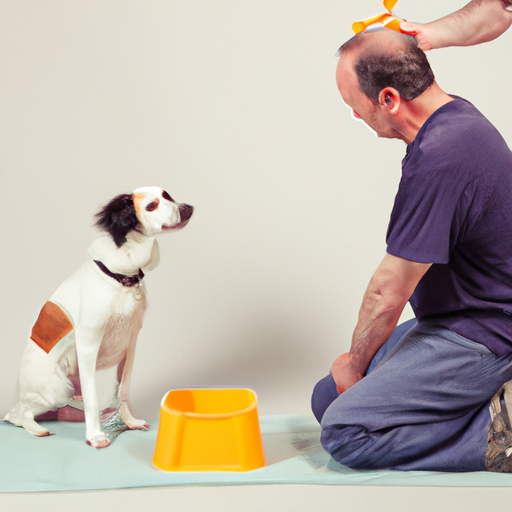Understanding Food Aggression in Dogs
Food aggression is a form of resource guarding where a dog becomes overly protective of their food. It’s a common issue among dogs, but it can escalate into a serious problem if not addressed appropriately. As a caregiver, you might find this behavior challenging and perhaps even intimidating. However, it’s essential to remember that your canine friend is not acting out of spite or malice. They may be acting this way due to fear, anxiety or learned behavior from past experiences.
Identifying the Signs of Food Aggression
To properly address food aggression, you first need to be able to identify the signs. Here’s a list of behaviors to watch out for:
- Growling when approached during meal times
- Snapping or lunging if someone gets too close
- Eating at an unusually fast pace
- Guarding their food bowl even after they’ve finished eating
These signs often occur on a spectrum, ranging from mild to severe. Mild cases might just involve a bit of grumbling, while severe cases can lead to actual biting.
Steps to Fix Food Aggression in Dogs
Fixing food aggression in dogs involves careful training, patience, and consistency. Here’s a step-by-step guide on how to address this issue:
- Establish a Routine: Dogs thrive on routine. By having set meal times, your dog will become less anxious about when they’ll get their next meal.
- Use Positive Reinforcement: Reward your dog for calm behavior during meal times. This could be through verbal praise, petting, or a favorite toy.
- Desensitize Your Dog to Your Presence: Gradually get your dog used to having you around when they eat. Start by standing a few feet away, then slowly move closer over time.
- Train Your Dog to Wait for Food: Teach your dog to sit and wait calmly while you prepare their food. Only give them the food once they’re calm and relaxed.
When to Seek Professional Help
If you’ve tried the steps above and your dog’s food aggression doesn’t improve or gets worse, you might need to seek help from a professional dog trainer or behaviorist. They can assess your dog’s behavior and provide customized training strategies. Remember, it’s crucial to address food aggression as soon as possible to prevent it from escalating.
| Mild Food Aggression | Severe Food Aggression | |
|---|---|---|
| Solution | Try at-home training strategies | Seek professional help |
Frequently Asked Questions
Q: Is food aggression common in certain breeds?
A: No, food aggression can occur in any breed. It’s more related to the individual dog’s experiences and personality.
Q: Can food aggression be completely cured?
A: While it might not be completely ‘cured’, it can be effectively managed with consistent training and behavior modification techniques.
Q: Should I punish my dog for showing food aggression?
A: No, punishment can exacerbate the problem. Instead, use positive reinforcement to reward good behavior.
Remember, as a caregiver, your patience, understanding, and dedication play a crucial role in helping your four-legged friend overcome food aggression. It might be a challenging journey, but the reward of a happier, healthier relationship with your dog is immeasurable.



